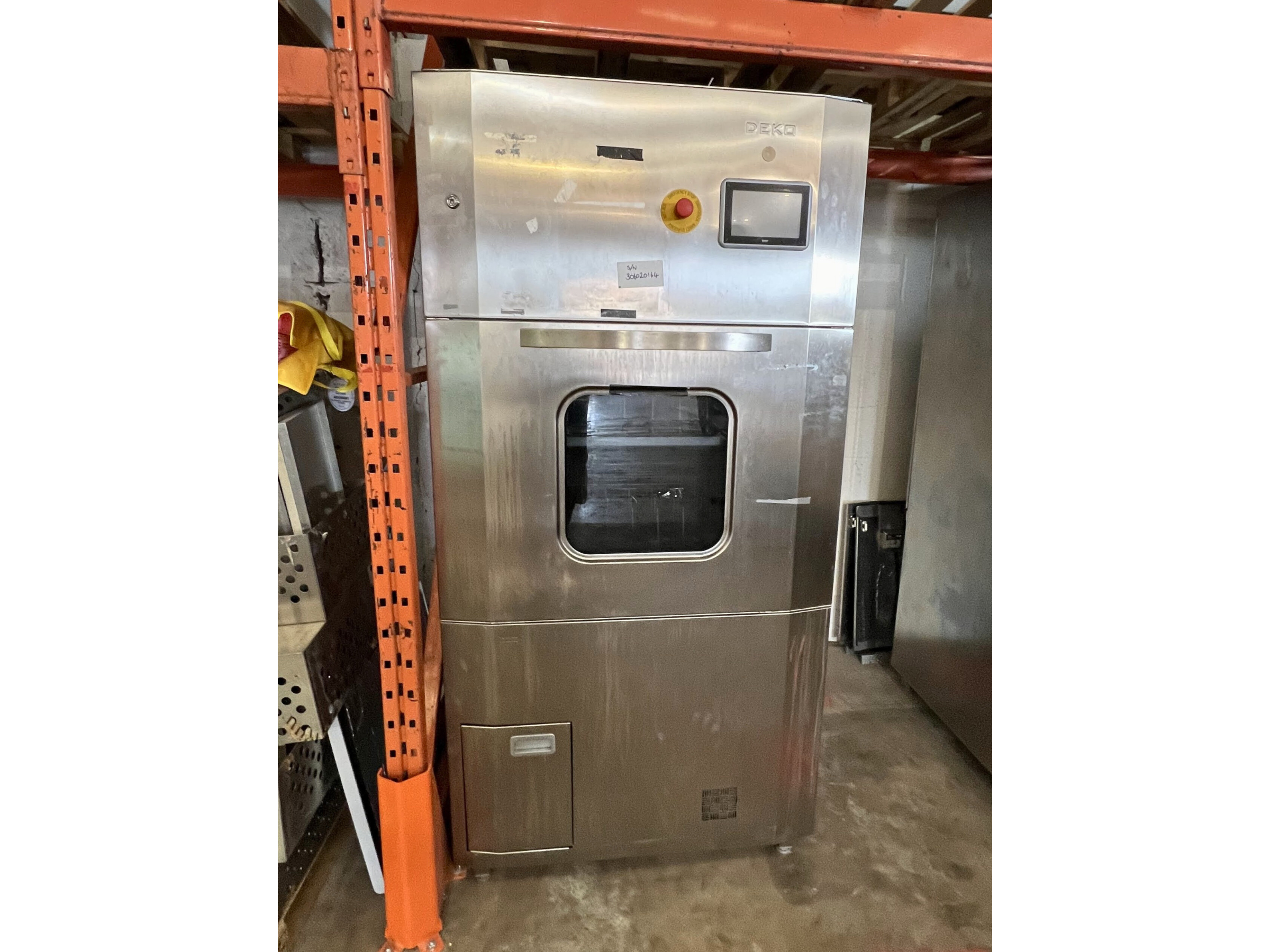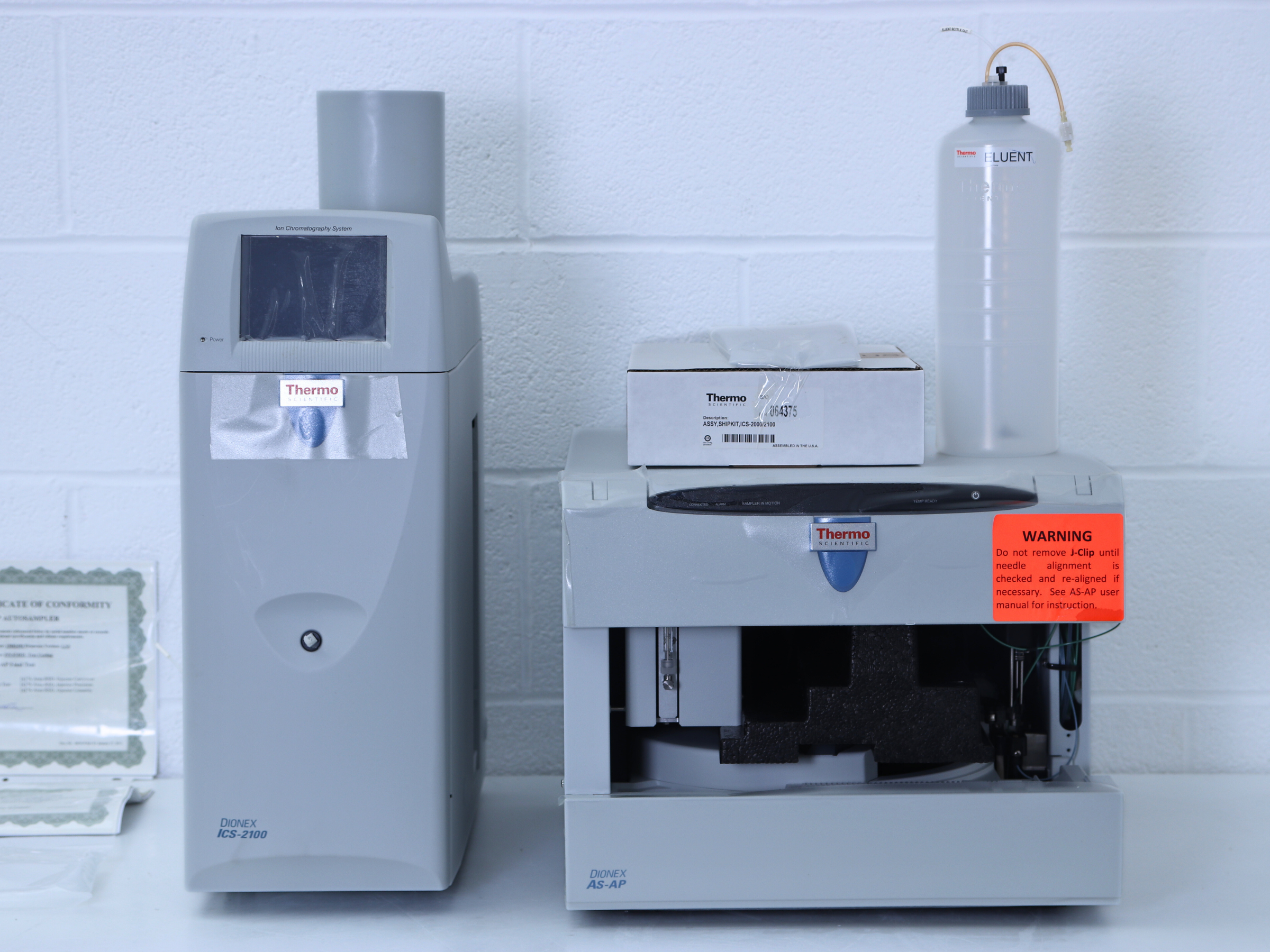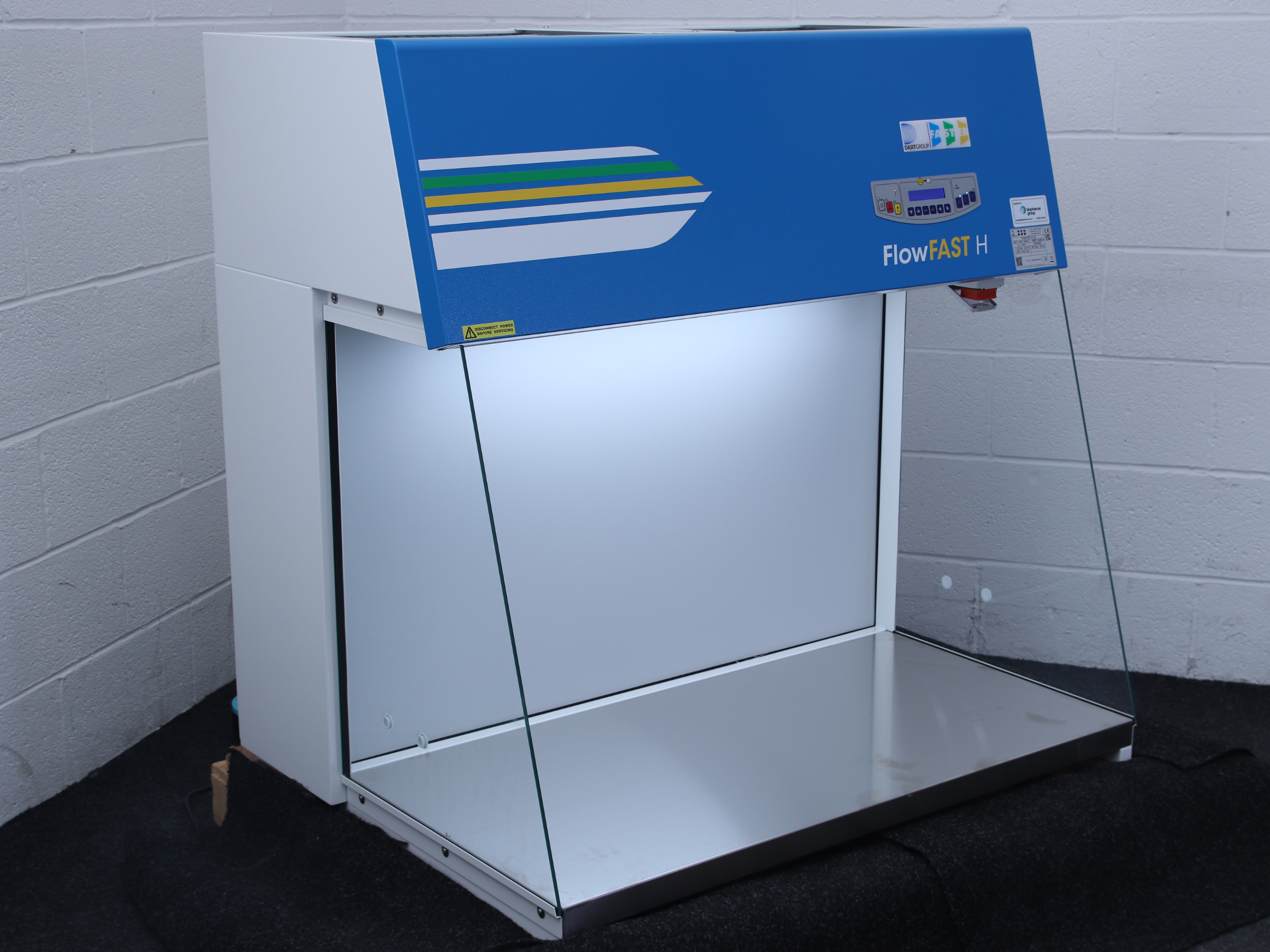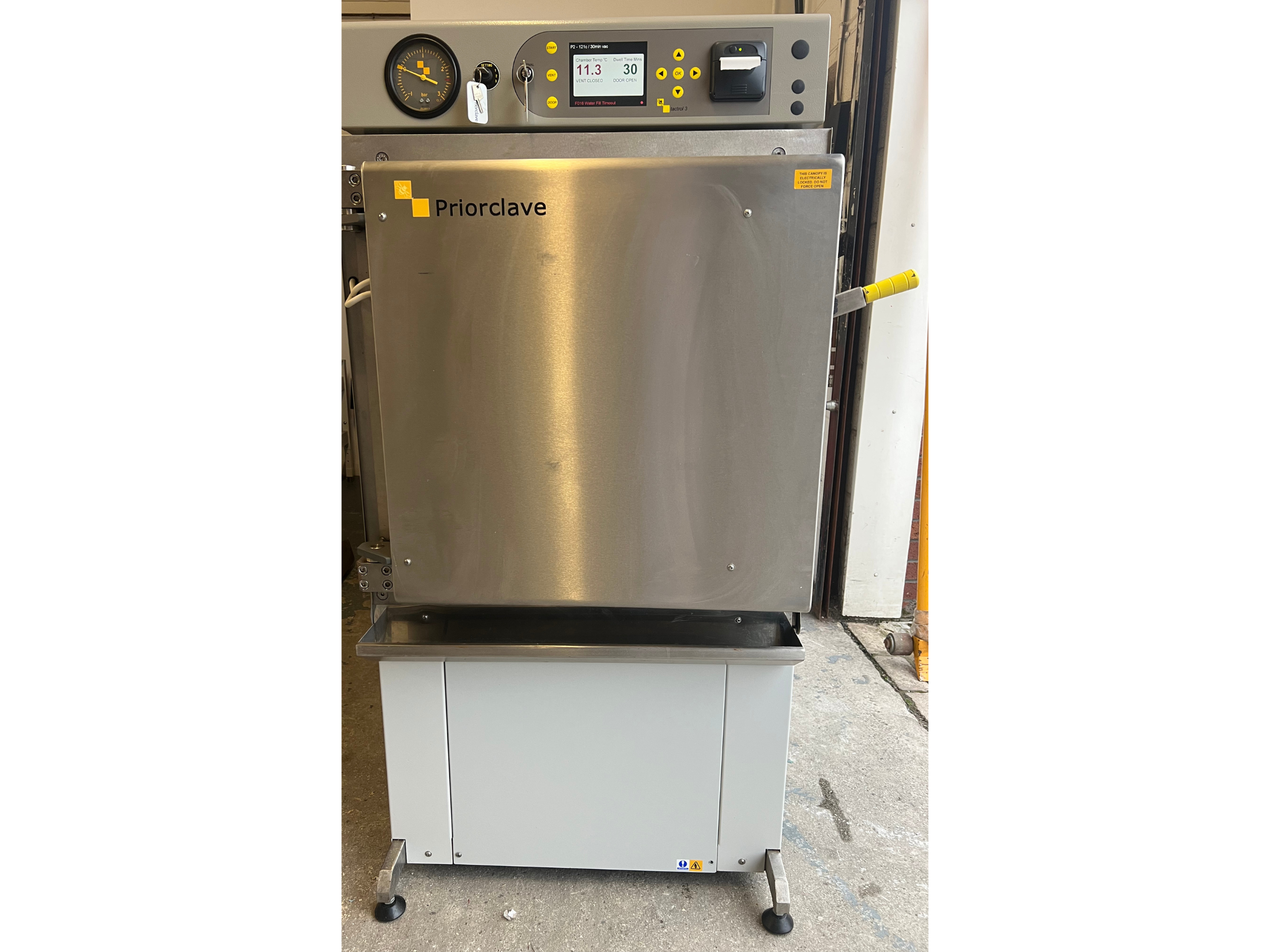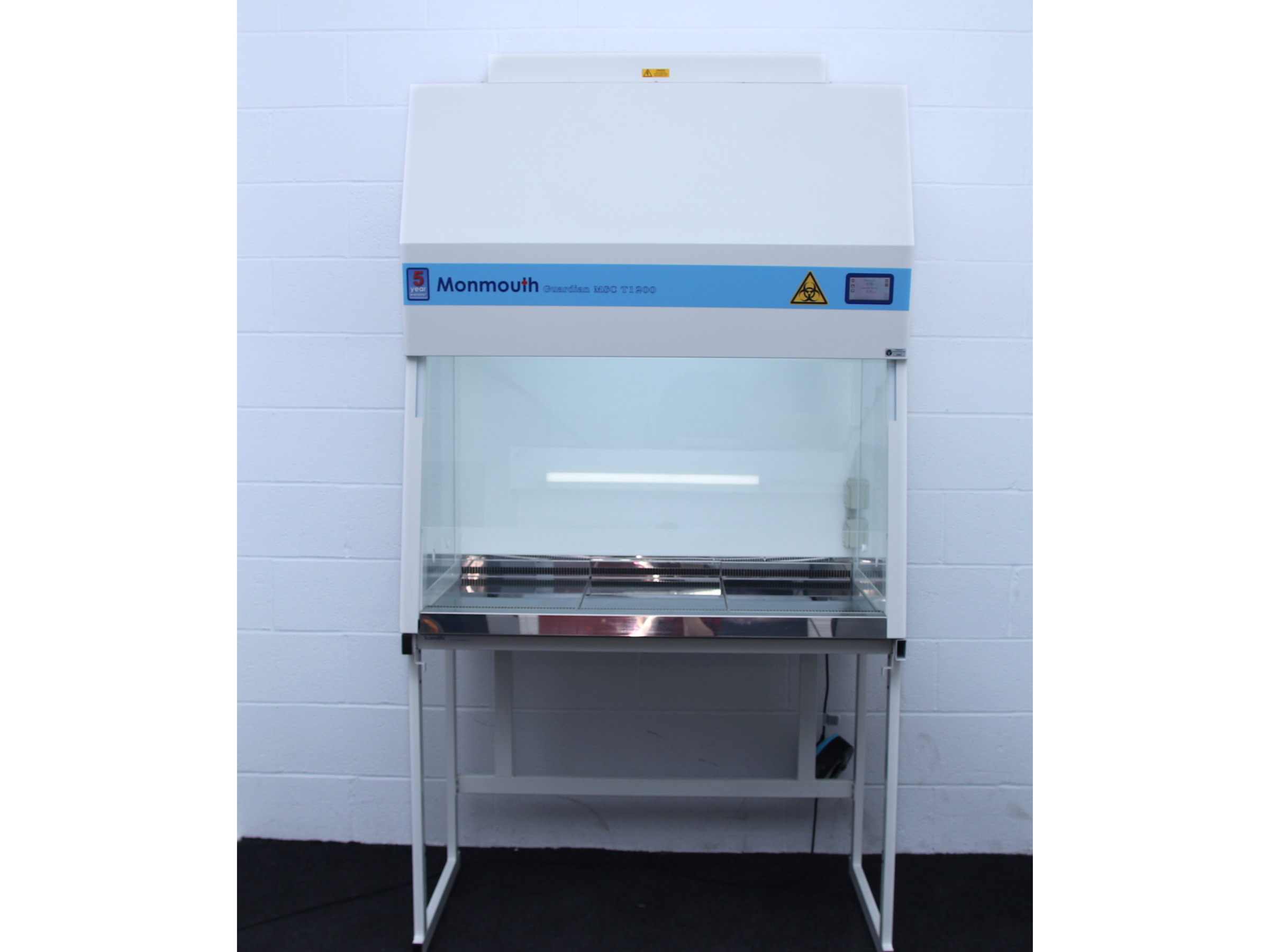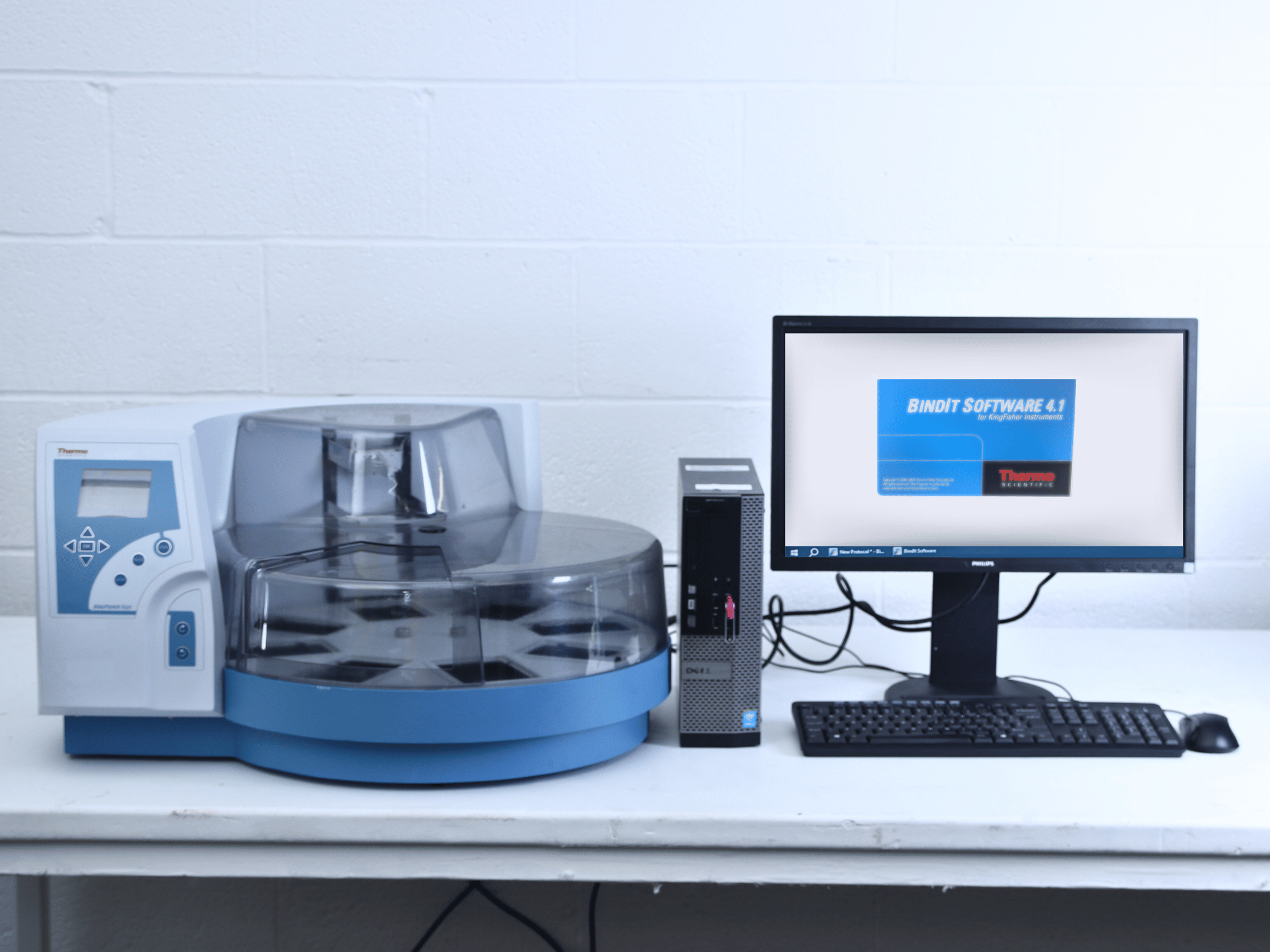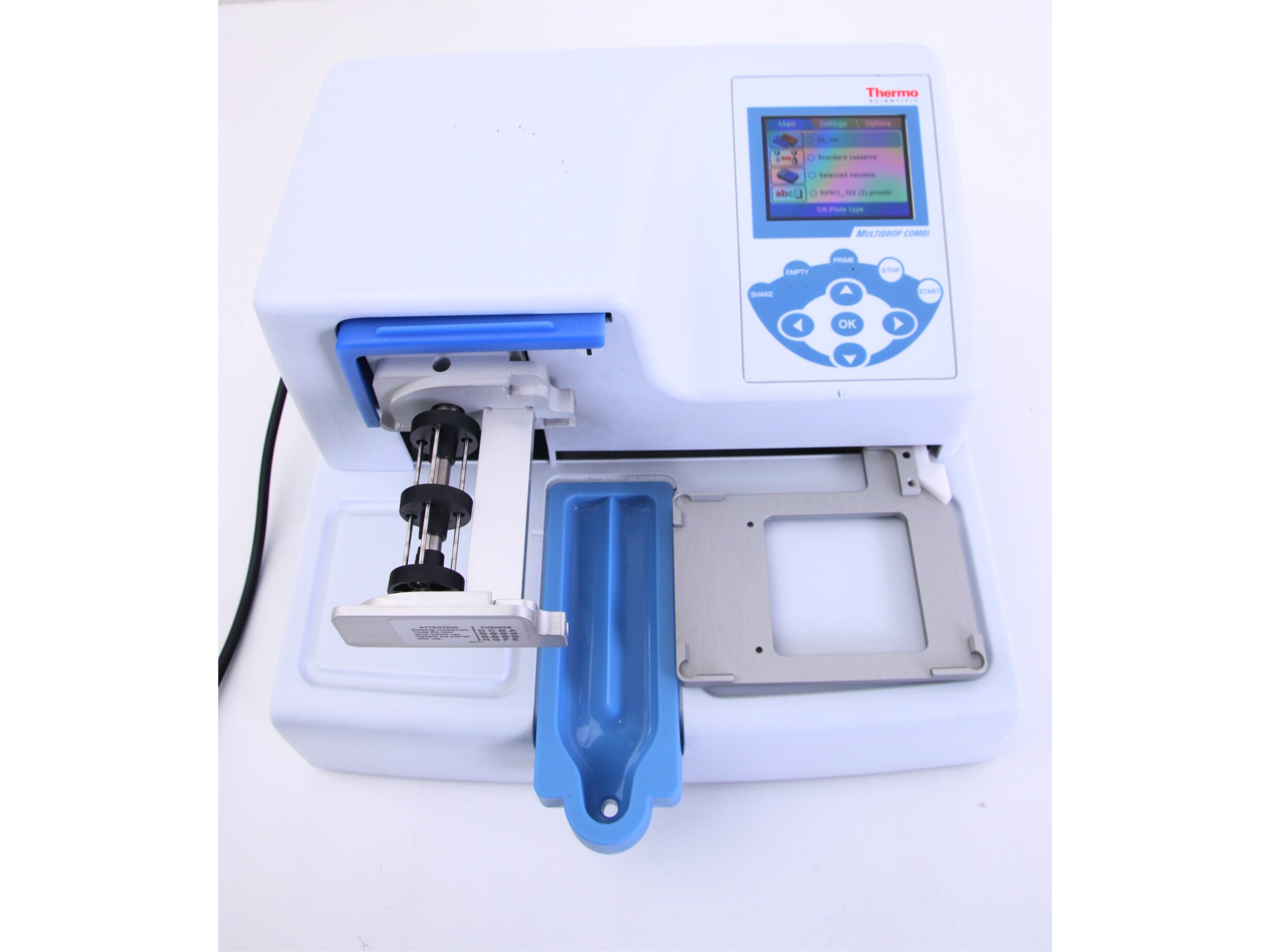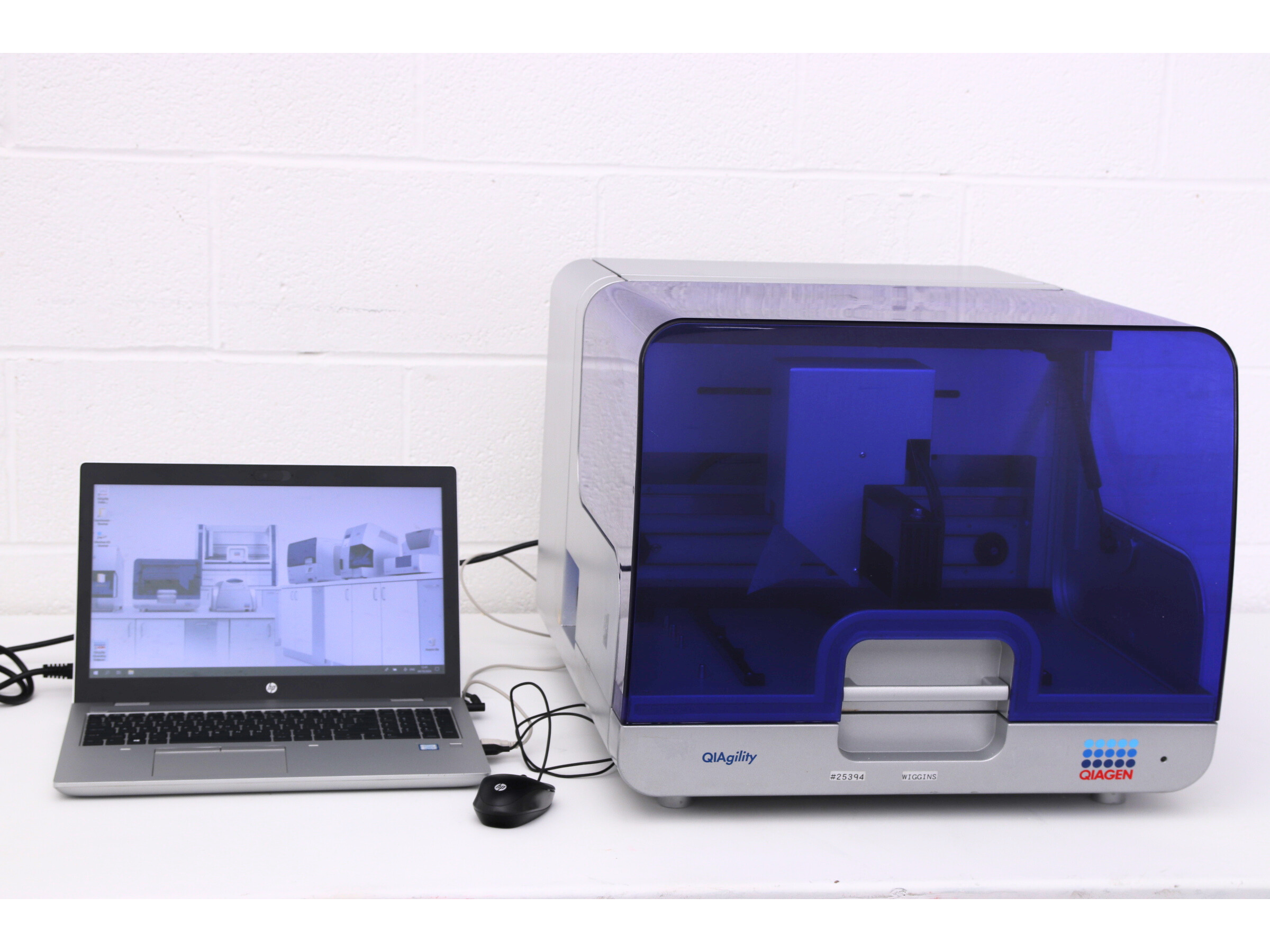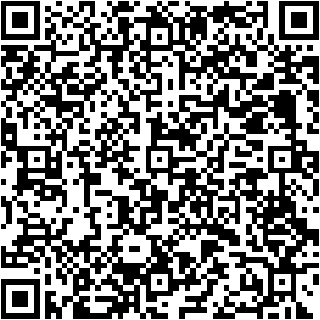Not just H2O
There’s far more in your tap water than just water. Tap water contains a whole microscopic world, invisible to the naked eye. Usually, the impurities in water are no problem to us. In fact, drinking completely pure water is bad for your health, as it strips electrolytes from your body.
But in the lab, things are different. Depending on the application, water in the lab often needs to be purer than that straight out of the tap. But there are so many different types of water purification techniques, and varying costs and energy requirements, it can be difficult to know exactly what level of water purification you need.
What’s in the water?
To know which water system you need, you first need to be clear on what it is you need to remove.
- Suspended solids: Despite being filtered, most tap water has some suspended solids such as sand or silt.
- Organic substances such as fats and oils
- Inorganic ions such as salts, as well as chlorine which may have been added to drinking water to kill bacteria
- Microorganisms such as bacteria, viruses or fungi, and their by-products
- Dissolved gases

A look at some water purification methods
- Filtration removes suspended particles. Depending on the method, this might remove particles as small as 50 – 10 µm. All water purification systems will include some level of pre-filtration.
- Activated carbon is common in water purification, in order to remove dissolved VOCs and gases. Many types of pollutants are trapped in the pores of the activated carbon, while others are removed when the activated carbon facilitates chemical reactions to produce ions, which can be removed during deionisation.
- Deionisation, or ion exchange, usually works by replacing anions and cations in solution with H+ or OH– ions, effectively replacing ions with water.
- Distillation uses heat to evaporate water, and collect the steam via condensation in a separate container, leaving behind any substances with a boiling point higher than 100 C.
- Microporous filters and ultrafiltration trap suspended particles and colloids of varying sizes. They are effective for a range of pollutants, depending on their pore size. Filters may be surface filters, where the solution flows over the surface, or screen filters, where the solution passes through the filter like a sieve.
- Reverse osmosis combines a semi permeable membrane with pressure in order to remove dissolved ions and minerals from solution.
- UV – Water is passed beneath a UV light source in order to kill any microorganisms, such as bacteria or fungi, that are present. UV disrupts the DNA of pathogens, rendering them unable to reproduce.

Levels of water purity
Water purification can be expensive and consume a lot of energy. It is important to understand what level of water purity is needed for different applications. Obviously, there is no point wasting money creating ultrapure water if the application doesn’t warrant it. So, as a starting point, water purity can be categorised into three levels:
- Type 3 (III): A water purifier producing Type 3 water removes around 90 – 99% of the contamination that might be present in tap water. The most common technique currently used to produce Type 3 water is reverse osmosis. Type 3 water is typically used for general lab use – glasswashers, autoclaves, and non-critical applications. It is also commonly used as a feed for Type 2 and Type 1 in order to extend the life of more expensive filters.
- Type 2 (II): Type II water is typically cleaned through deionisation. Deionised water is used for most lab applications which don’t involve trace analysis or very sensitive applications. Deionised water is often used for buffer preparation, conditioning glassware, and solution dilution.
- Type 1 (I): Also referred to as “Ultrapure”, Type I water is used in trace level analysis in sensitive equipment such as HPLC.

How pure is pure?
The actual parameters for categorising water as Type 1, 2 or 3 vary by different boards or standards. This is because the most important factor varies depending on the application. The main boards referred to for obtaining and reporting lab water purity are ISO 3696:1987, and ASTM D1193-06.
- Water purity is defined according to a number of factors:
- Conductivity: A measure of the water’s ability to conduct electricity. It is the reciprocal of resistivity, and is useful for monitoring the level of ions present. Conductivity is typically measured in microSiemens per centimetre (µS/cm).
- Resistivity: The inverse of conductivity, resistivity is also used to monitor ions. Resistivity is measured in Mega-Ohms per centimetre (MO-cm)
- TOC: Rather than measuring organic compounds individually, the Total Organic Carbon (TOC) is measured. TOC is typically measured by oxidising all present organic compounds, and then quantifying the oxidation products. TOC may be reported in milligrams or micrograms per litre (mg/L or μg/L)
- Biological contamination: Bacteria levels may be measured through cell counts, or epifluorescence testing.
Where the water is being purified for general lab use, for example use in glass washers or autoclaves, water purified to Type 3 is usually sufficient. Type 2 water might be used to prepare buffers or solutions where trace analysis is not required. Type 1 is often used in where trace level analysis is being carried out, for example in HPLC or cell culture.

Water purification solutions
In some cases where sensitive research work is being carried out it can be exceptionally useful to have a water purification unit that provides continuous monitoring and reporting of parameters, giving you complete confidence in your reporting. In other cases, having a purification system that provides Type 2 water that you can monitor intermittently may be far more suitable.
At Richmond Scientific we stock a range of Hydrolab water purification systems. The brochure is available for download here. You may like to look at units with in depth monitoring and reporting; or perhaps the feed water requirements are your most important factor. Use the handy guide below for a basic overview of which Hydrolab water purification unit you need in your lab.
| Unit | Feed water type | Produced water type | Controller Type A provides basic controls. Type C provides more in-depth reporting. | Brochure page |
| HLP | Tap | 3 or 2 as standard / 1 with optional upgrade | Type A | 14 |
| Technical | Tap | 3 | Choose Type A or Type C | 6 |
| Spring | Tap | 2 and 1 | Type C | 18 |
| Ultra | 3 or 2 | 1 | Type C | 22 |
Click here for the complete Hydrolab brochure, or contact us to discuss your next steps in setting up a new lab water purification system.

